 Looks like she's well past the tipping point. 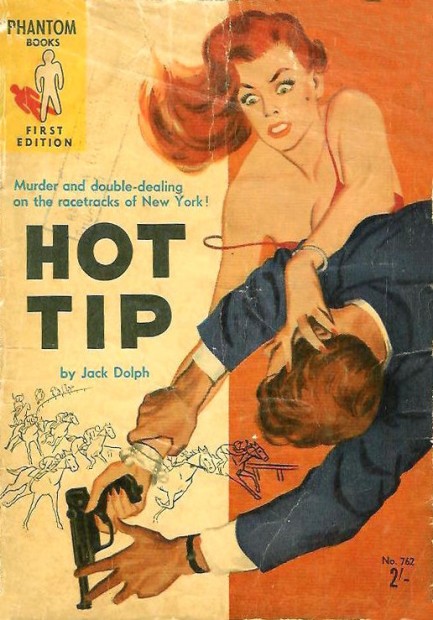
Any successful concept has the potential to become a cage for a crime author. Jack Dolph wrote the successful 1948 mystery Odds-On Murder about race tracks and their associated environs, and returned to that milieu for 1950's Murder Makes the Mare Go. In 1952's Hot Tip, for which you see the 1957 Phantom Books cover art above, Dolph is still hanging around the track, where a jockey dies in a sweatbox trying to make weight for a race, and his buddy Doc Connor sets about proving it was murder. There are suspects—the wife who stood to inherit insurance bucks, the estranged brother, and shady 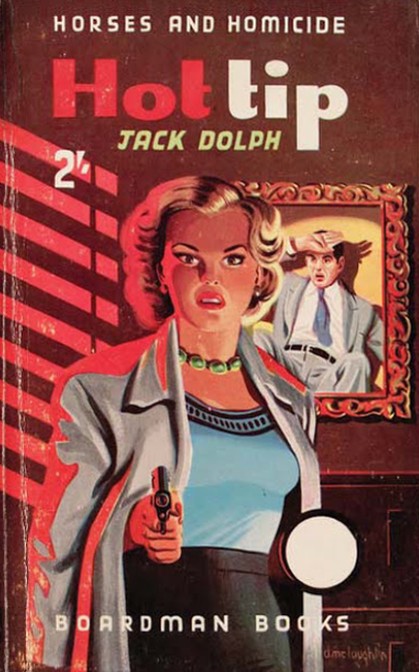 gamblers, while artsy Broadway types provide extra color. gamblers, while artsy Broadway types provide extra color.
Dolph used Doc Connor for all his horse books, with the character's interest in racing legitimizing his constant moonlighting as a sleuth when he probably should have been inoculating babies and reading x-rays. We described these concepts as a cage for authors, but that's our personal bias intruding. Dolph might have loved writing about racing. But either he or the public tired after his fourth foray and fifth novel overall, 1953's Dead Angel, at which point Dolph went out to pasture.
The art on the 1957 edition from Australia's Phantom Books is interesting but uncredited. The British edition from Boardman Books, just above, has nice cover art as well, painted by Denis McLoughlin. And the original art was reconstituted by Horwitz Publications, also Australia based, for usage on the front of Carter Brown's The Tigress, from 1961, below. Though actually, based on the quality of the art, Phantom's Hot Tip art looks like the copy, but the publication dates we have say Phantom was first. 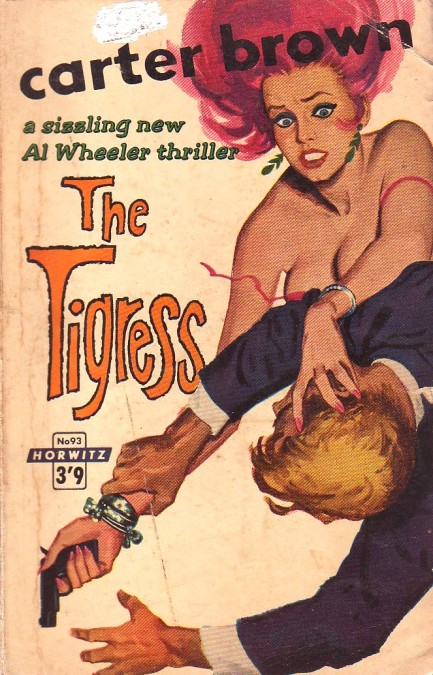
 Vintage paperback violence gets up close and personal. 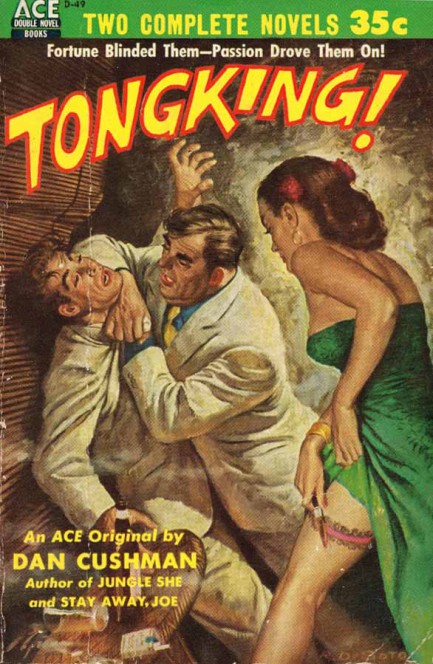
We have another collection today as we prepare to jet away on vacation with the girls. Since the place we’re going is known for rowdy British tourists (what place isn’t known for that?), we thought we’d feature some of the numerous paperback covers featuring fights. You’ll notice, as with our last collection, the preponderance of French books. Parisian publishers loved this theme. The difference, as opposed to American publishers, is that you almost never saw women actually being hit on French covers (we’d almost go so far as to say it never happened, but we’ve obviously not seen every French paperback ever printed). The French preferred man-on-man violence, and when women were involved, they were either acquitting themselves nicely, or often winning via the use of sharp or blunt instruments. Violence against women is and has always been a serious problem in the real world, but we’re just looking at products of the imagination here, which themselves represent products of the imagination known as fiction. Content-wise, mid-century authors generally frowned upon violence toward women even if they wrote it into their novels. Conversely, the cover art, stripped of literary context, seemed to glorify it. Since cover art is designed to entice readers, there’s a valid discussion here about why anti-woman violence was deemed attractive on mid-century paperback fronts, and whether its disappearance indicates an understanding of its wrongness, or merely a cynical realization that it can no longer be shown without consequences. We have another fighting cover here, and you may also want to check out our western brawls here.
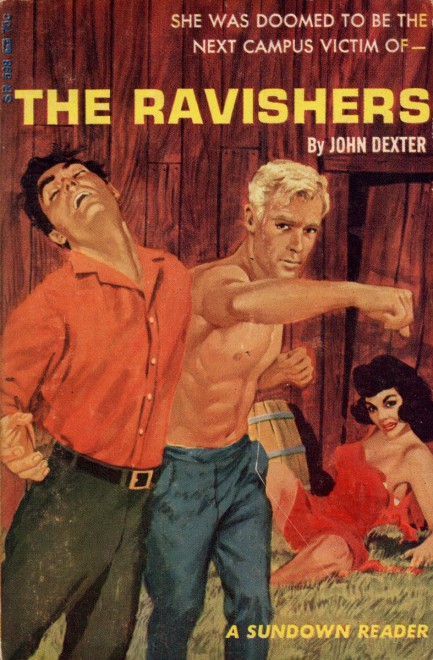 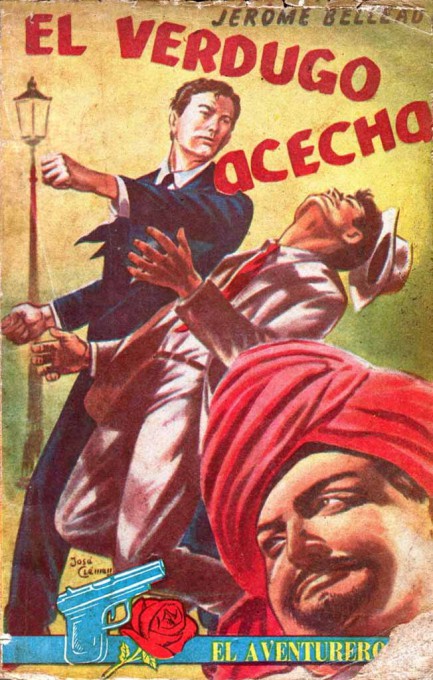 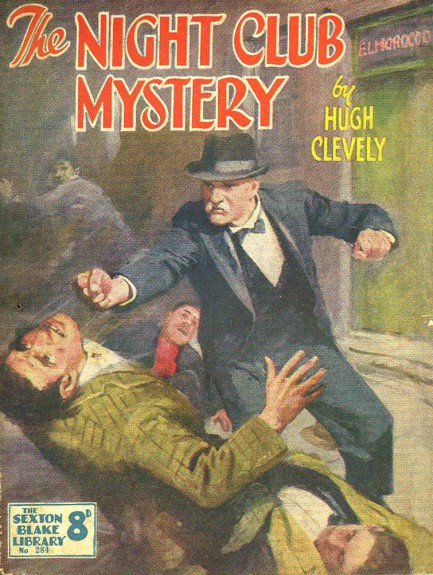 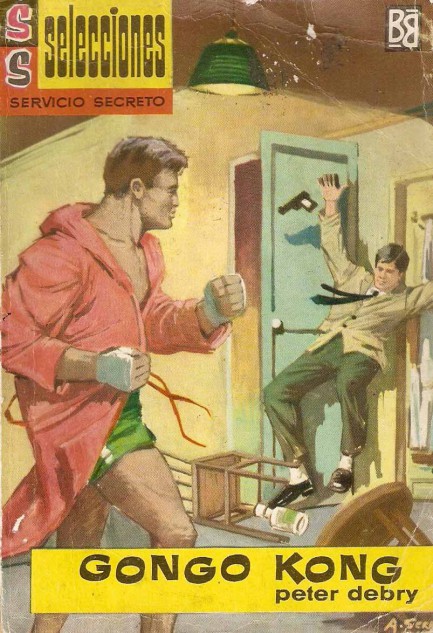 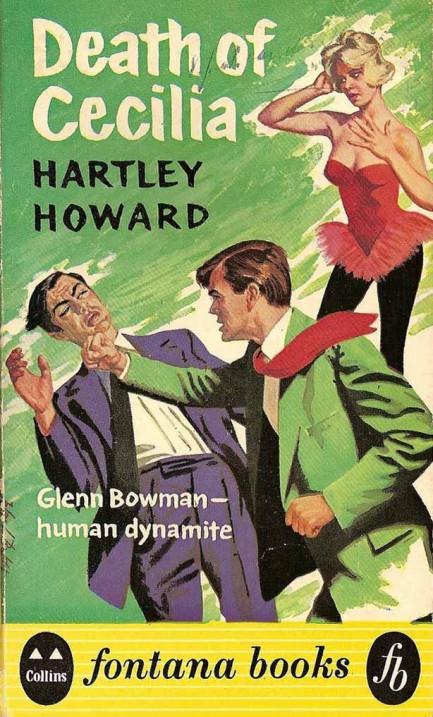 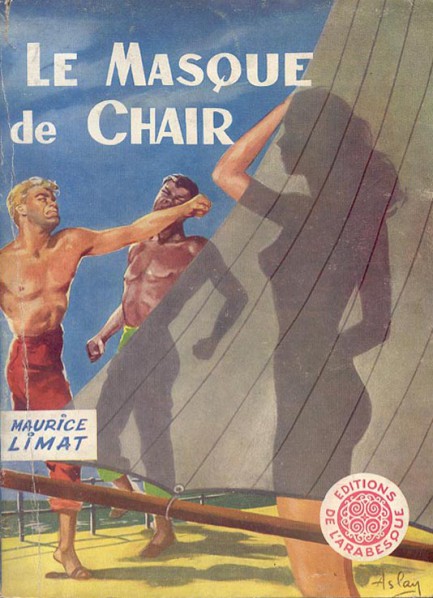 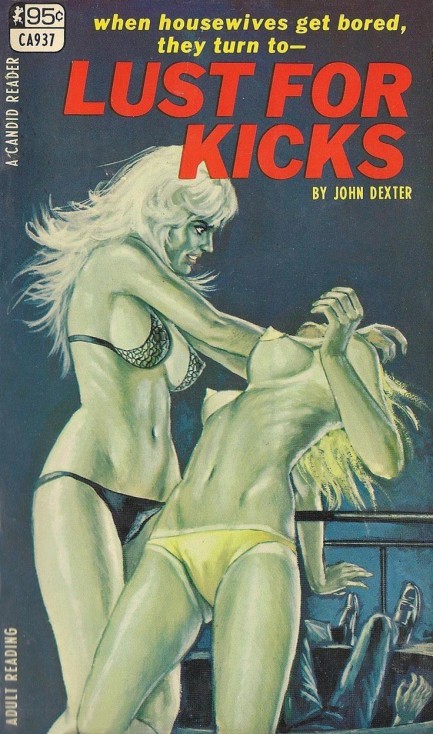 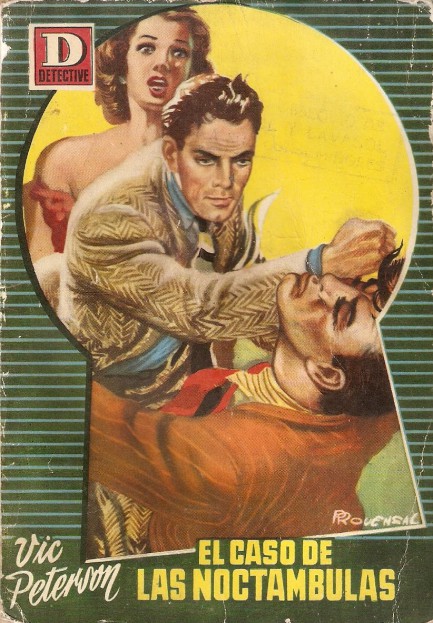 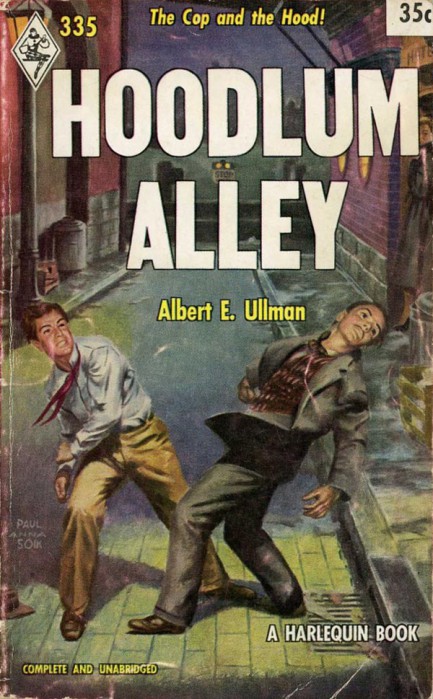 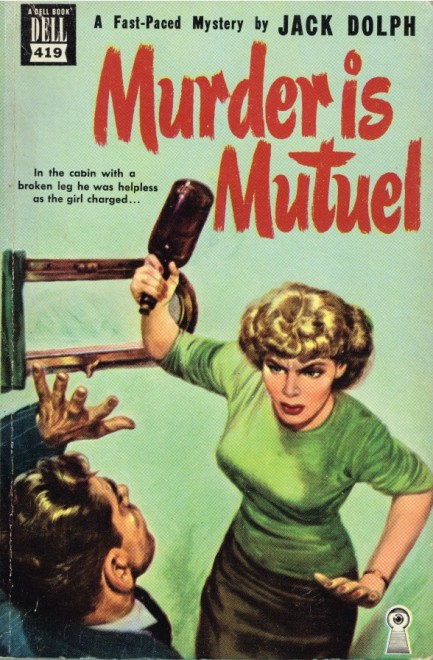 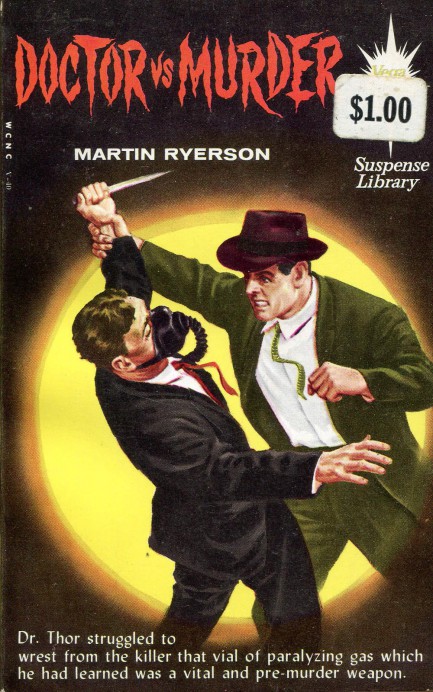 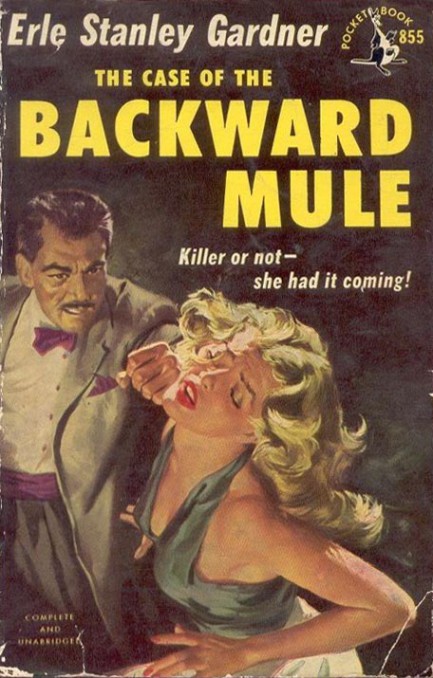 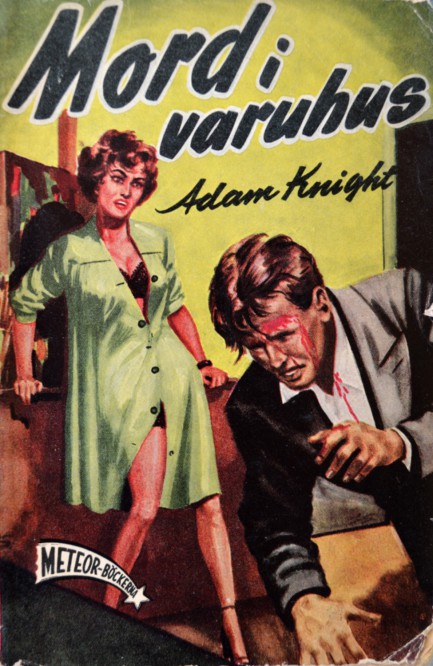  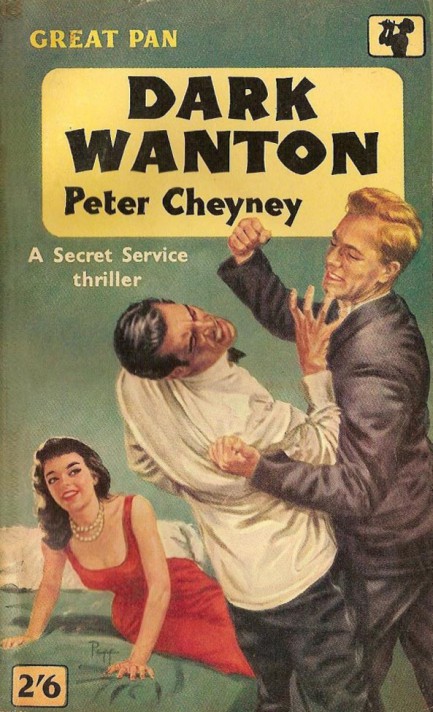 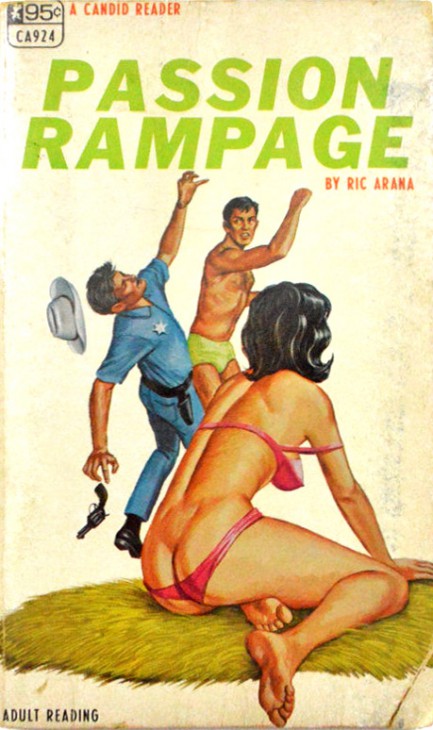 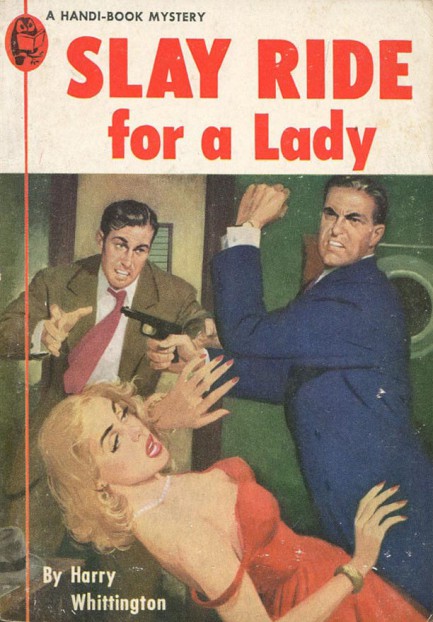 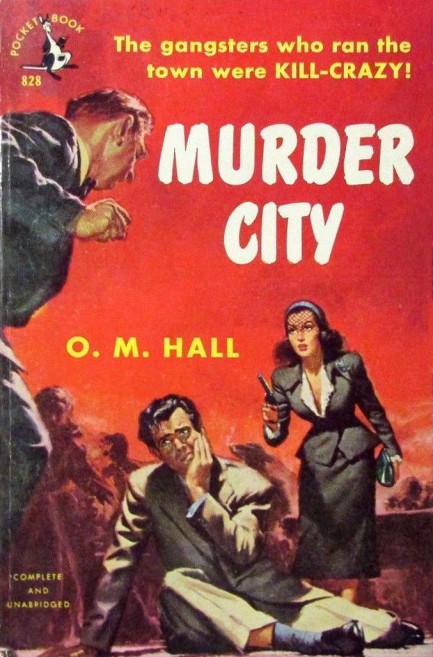 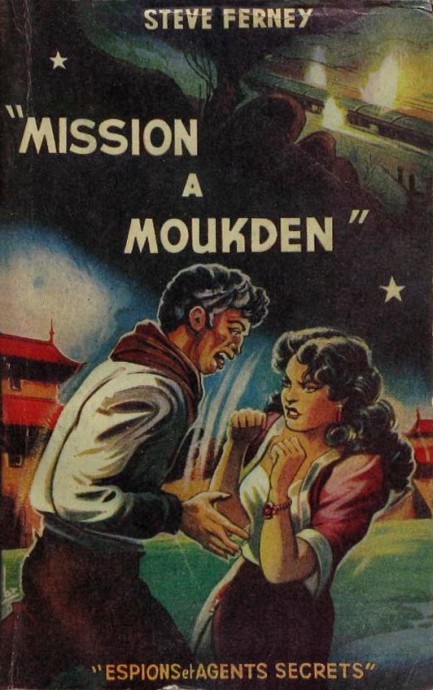 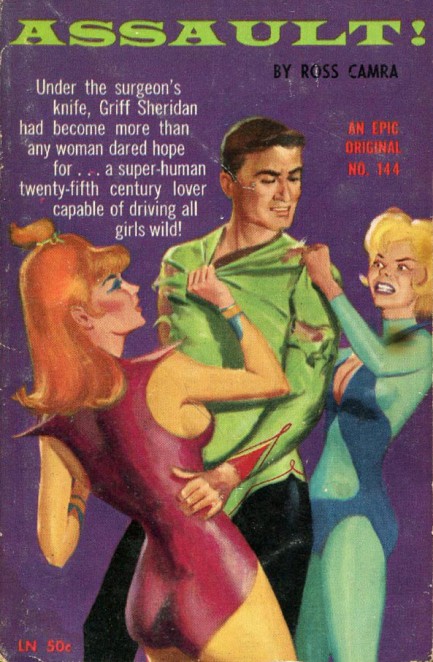 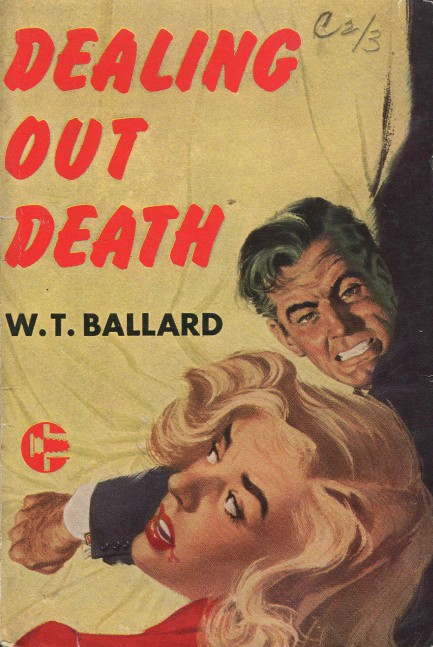 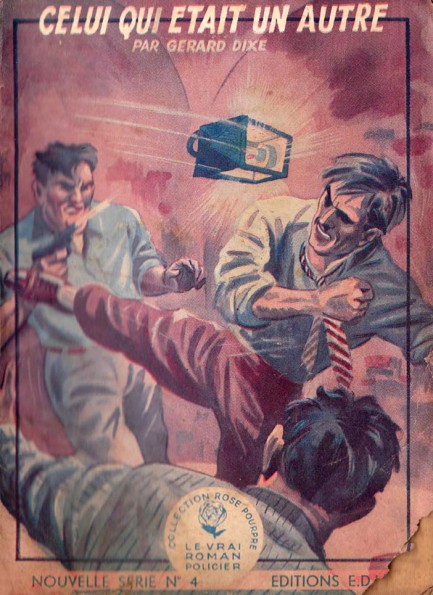 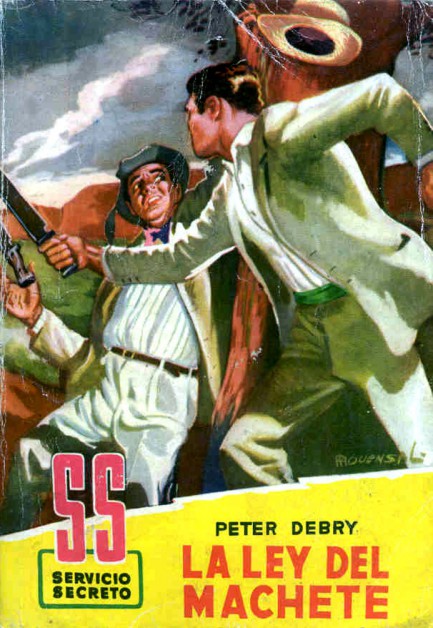 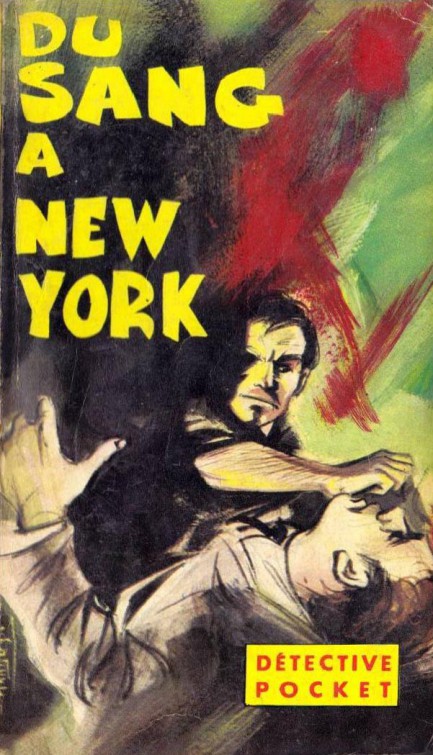 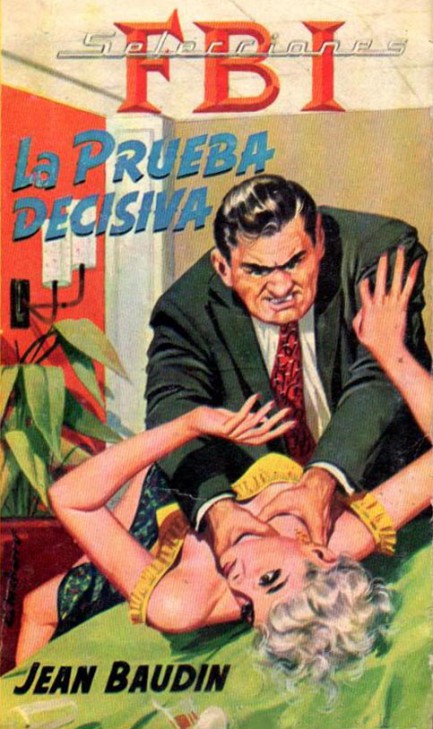 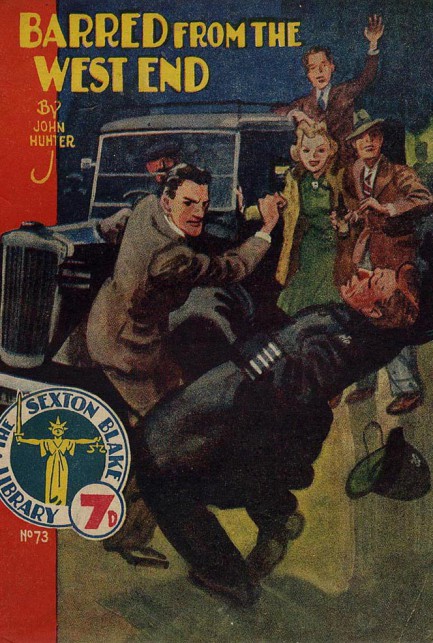 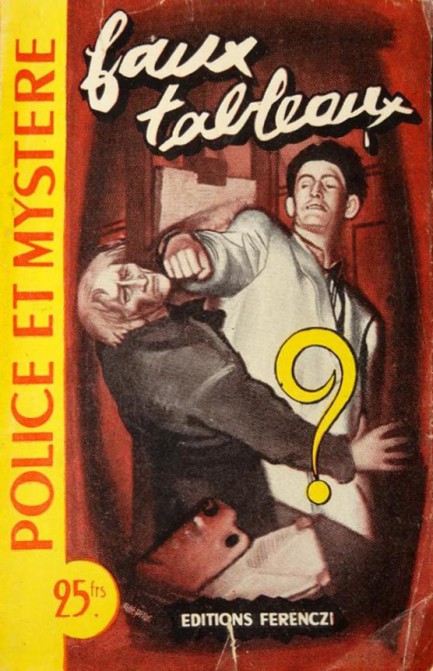  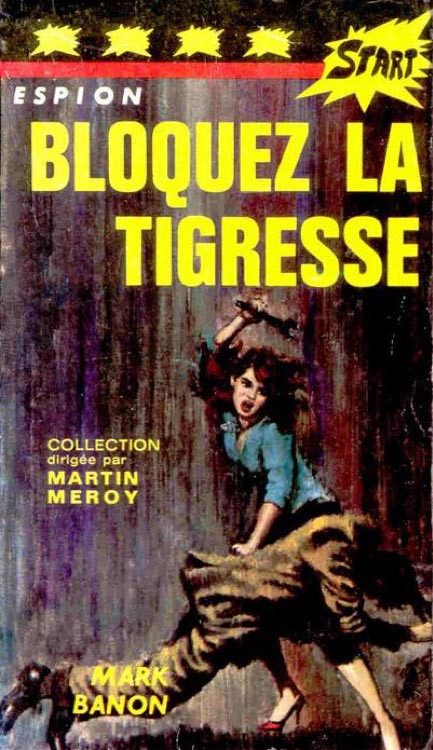  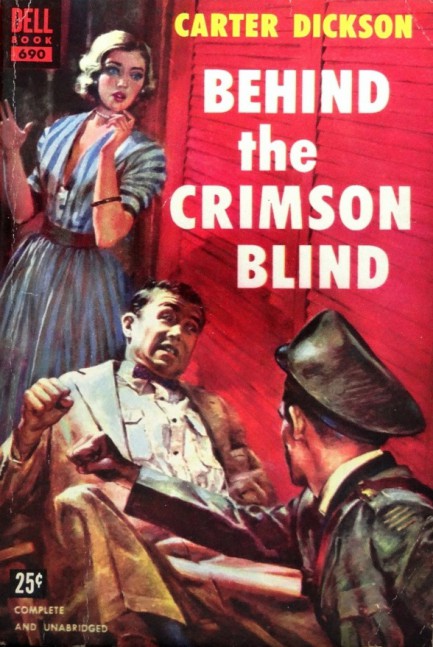 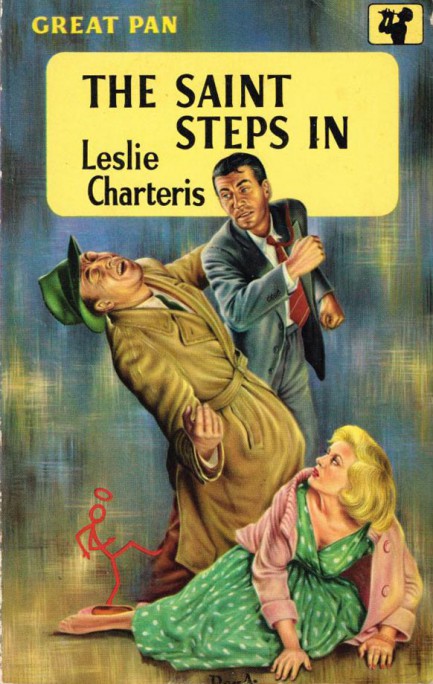 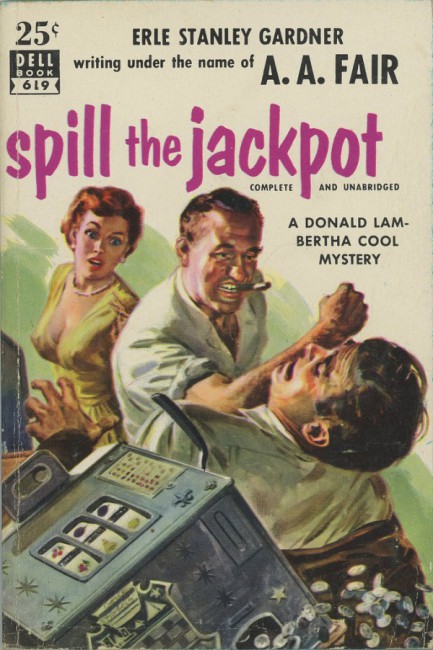 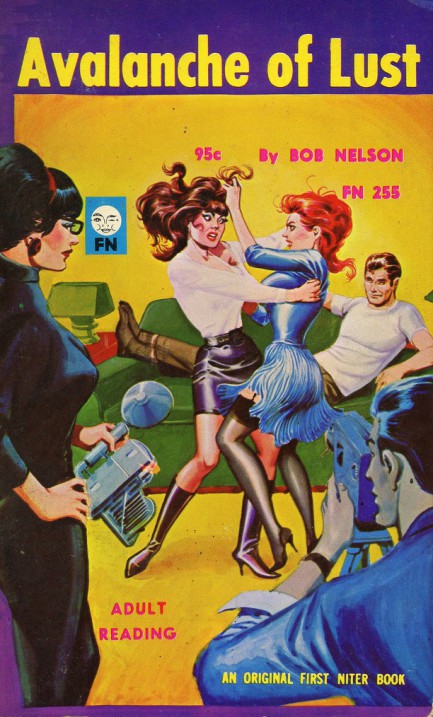 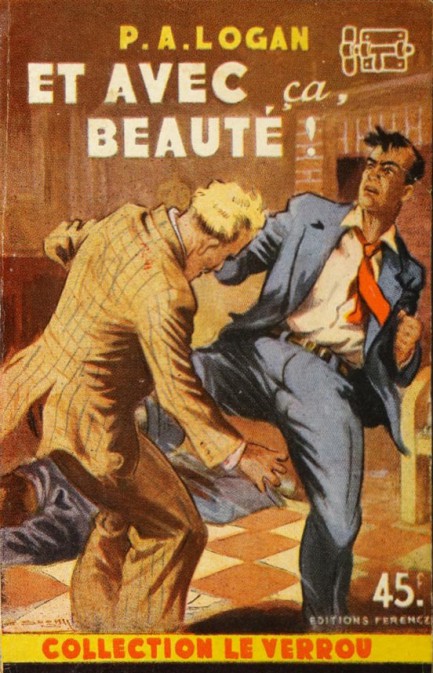 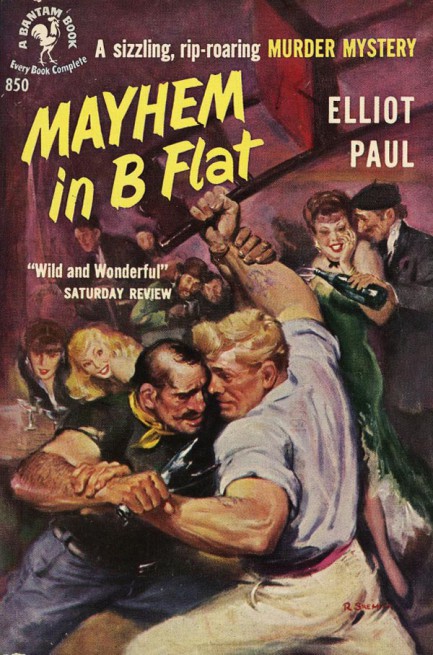
|
 |

The headlines that mattered yesteryear.
2003—Hope Dies
Film legend Bob Hope dies of pneumonia two months after celebrating his 100th birthday. 1945—Churchill Given the Sack
In spite of admiring Winston Churchill as a great wartime leader, Britons elect
Clement Attlee the nation's new prime minister in a sweeping victory for the Labour Party over the Conservatives. 1952—Evita Peron Dies
Eva Duarte de Peron, aka Evita, wife of the president of the Argentine Republic, dies from cancer at age 33. Evita had brought the working classes into a position of political power never witnessed before, but was hated by the nation's powerful military class. She is lain to rest in Milan, Italy in a secret grave under a nun's name, but is eventually returned to Argentina for reburial beside her husband in 1974. 1943—Mussolini Calls It Quits
Italian dictator Benito Mussolini steps down as head of the armed forces and the government. It soon becomes clear that Il Duce did not relinquish power voluntarily, but was forced to resign after former Fascist colleagues turned against him. He is later installed by Germany as leader of the Italian Social Republic in the north of the country, but is killed by partisans in 1945.
|

|
|

It's easy. We have an uploader that makes it a snap. Use it to submit your art, text, header, and subhead. Your post can be funny, serious, or anything in between, as long as it's vintage pulp. You'll get a byline and experience the fleeting pride of free authorship. We'll edit your post for typos, but the rest is up to you. Click here to give us your best shot.

|
|


 gamblers, while artsy Broadway types provide extra color.
gamblers, while artsy Broadway types provide extra color.










































































































